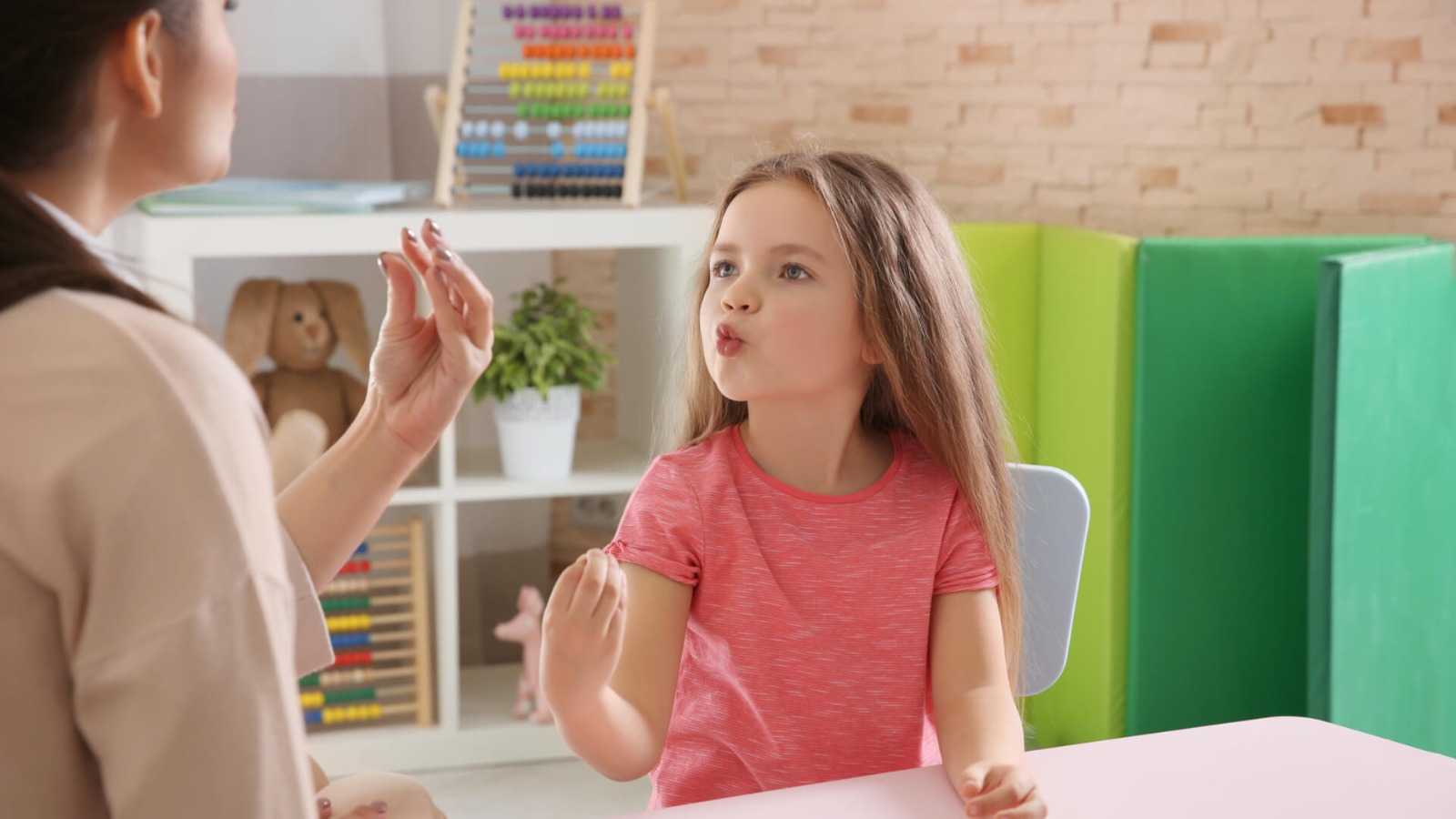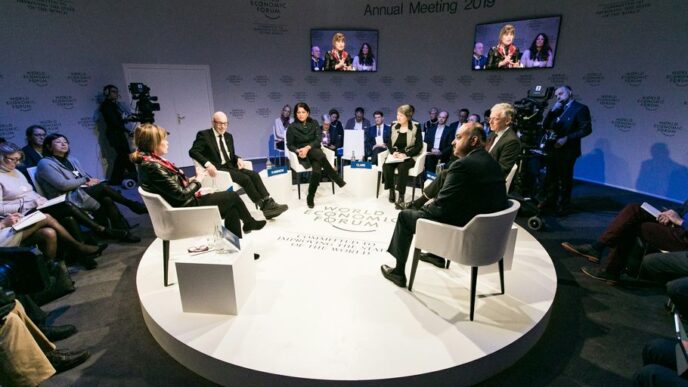Introduction
Childhood Apraxia of Speech (CAS) is a speech disorder that affects a child’s ability to plan and execute the precise movements necessary for clear and effective speech. Navigating the challenges of CAS requires a comprehensive and tailored approach, and speech therapy plays a pivotal role in supporting children on this journey. In this article, we will delve into Top 3 Speech Therapy Tools for Children with Apraxia designed to unveil the potential within children facing the complexities of apraxia.
PROMPT Therapy: Precision in Motion
Prompts for Restructuring Oral Muscular Phonetic Targets, or PROMPT therapy, stands as a beacon in the realm of speech therapy for children with apraxia. This innovative approach focuses on the physical aspects of speech production, emphasizing precision in oral muscle movements.
PROMPT therapy employs tactile cues to guide a child’s articulators – the jaw, tongue, and lips – in achieving accurate and coordinated movements. What sets PROMPT therapy apart is its adaptability to individual needs. Therapists can tailor the prompts to address specific challenges, providing a personalized and engaging therapeutic experience. By unlocking precision in motion, PROMPT therapy becomes a powerful tool in helping children develop clearer and more effective speech.
Speech Buddies: Articulation Mastery through Biofeedback
Speech Buddies introduces a revolutionary approach to apraxia therapy by incorporating biofeedback principles for articulation mastery. This toolkit comprises oral-motor tools designed to target specific speech sounds, acting as guides for precise articulator placement.
The power of Speech Buddies lies in its ability to provide real-time feedback through tactile and visual cues. Children can navigate the intricate articulatory map with tools like the “Buddy Bear” and the “Speech Elevator,” enhancing muscle memory and improving sound production. The incorporation of biofeedback technology makes Speech Buddies a dynamic and effective tool in unveiling the potential for improved articulation skills in children with apraxia.
Augmentative and Alternative Communication (AAC) Devices: Giving Voice to Expression
For children with severe apraxia or limited verbal communication abilities, Augmentative and Alternative Communication (AAC) devices emerge as transformative tools. These devices, ranging from simple communication boards to sophisticated speech-generating devices, provide a voice for those facing challenges in spoken communication.
AAC devices empower children to express themselves by selecting symbols, pictures, or words on a device, which then generates spoken output. Beyond bridging the communication gap, AAC devices contribute to language development and social interaction, giving voice to expression. Unveiling the power of AAC devices opens up new avenues for communication and connection for children with apraxia.
Visual Supports and Communication Boards: Enhancing Language Development
Visual supports and communication boards play a pivotal role in apraxia therapy by providing visual aids to support language development. These tools use images, symbols, and words to enhance comprehension and expression for children facing the challenges of apraxia.
The power of visual supports lies in their ability to create a visual scaffold for language understanding. Customizable communication boards allow therapists and parents to tailor visuals to suit the individual needs of each child, fostering independence and confidence in communication. As a result, visual supports become a powerful tool in unveiling the potential for language development in children with apraxia.
Interactive Apps and Games: Technology-Infused Learning
In the digital age, interactive apps and games have become instrumental in speech therapy, providing a technology-infused approach to apraxia intervention. These tools leverage technology to engage children in enjoyable and educational activities designed to promote speech and language development.
Speech therapy apps often incorporate interactive exercises, games, and challenges targeting specific speech goals. The power of interactive apps lies in their ability to make learning fun and engaging, capturing the child’s interest and providing instant feedback. By infusing technology into therapy, interactive apps become a dynamic tool in unveiling the potential for progress and participation in apraxia therapy.
Conclusion
Apraxia, with its intricate challenges in speech development, requires a multifaceted and tailored approach. The power of top speech therapy tools, such as PROMPT therapy, Speech Buddies, AAC devices, visual supports, and interactive apps, lies in their ability to address the diverse needs of children with apraxia.
As therapists, parents, and caregivers continue to explore and embrace these tools, they unveil the potential within each child, fostering clearer communication, improved articulation, and enhanced language development. In the journey of apraxia therapy, these powerful tools act as guiding lights, illuminating the way for children to express themselves confidently and navigate the world of spoken words with newfound strength and ability.













